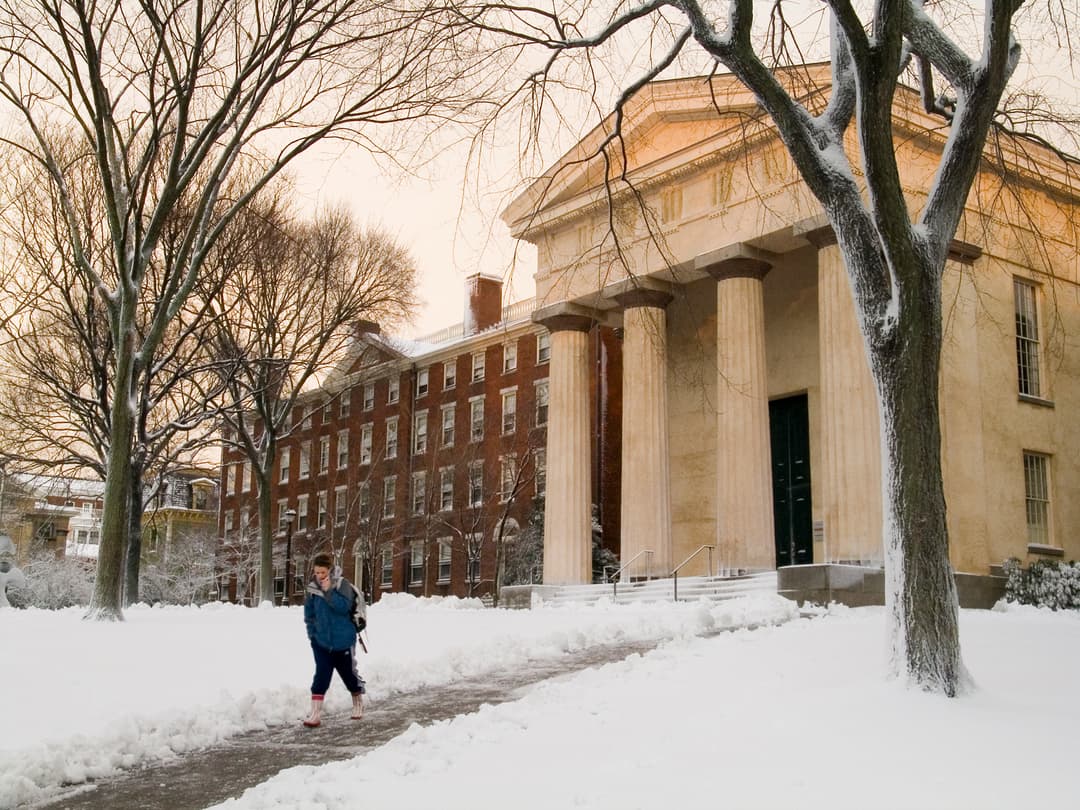
Tips for Improving Modern Alumni Relations and Fundraising Programs
MacKenzie Scott’s incredibly generous gift to colleges and universities gathered lots of headlines, but it obscured a reality: fundraising in higher ed has evolved. Like myriad other domains, the pandemic upended higher education alumni relationship-building programs. The traditional world of in-person visits and events was forced to change. But with any crisis comes an opportunity to be creative and accelerate innovation. Institutions now have access to more modern technologies that can aid in their mission to increase affinity, engagement, and productivity with alumni and donors. New tactics can help institutions build connections and stay top of mind to maintain relationships that drive both friendraising and fundraising.
Adjusting to the Digitalized Face-to-Face
Zoom. Teams. WebEx. FreeConferenceCall.com. Green screens. Virtual backgrounds. Everyone downloaded and played with a host of new conference calling apps because we couldn’t meet face-to-face. Even though personal visits were the norm for so many years, we learned that the same experience can be replicated or even improved online.
Just as video calls became the new standard in the corporate world, alumni relations migrated to various video conferencing platforms with varying levels of success. Video conferencing is here to stay because people accept the technology and it works. Going forward, alumni relations staff are likely to adopt a hybrid model that includes some face-to-face interactions and some video conferencing engagements, as a digital environment can reduce travel times for both staff and alumni. In fact, video conferencing platforms can help gift officers increase productivity by allowing them to carry out multiple engagements in a single day without having to travel.
The move to the virtual world has had its limitations, but geography is not one of them. Making events and meetings virtual can expand the alumni relations footprint. With geography no longer a barrier, alumni relations teams can reach out to graduates who are spread around the world with ease.
Making Better Use of Existing Resources
Many institutions are increasing their social media efforts and extending their social reach by encouraging more engagement across channels and fostering two-way conversations with followers. Similarly, institutions are leveraging their mailing lists more effectively. By delivering digital opt-in resources to people who said they want to learn how their donations will be used, institutions can maintain relationships with prospective patrons without becoming a burden.
Further, savvy institutions are investing time in A/B testing, checking clickthrough rates, and determining which alumni are the most engaged with various messages or content. By using a variety of communication methods, institutions can keep alumni and other donors informed of on-campus activities, successes, research, student achievements, new programs, buildings, and more. In doing so, institutions can help donors feel connected to the campus and see the reach of their contributions.
Better tracking students in their post-college years through improved CRM systems and other affinity management software can also help institutions build lasting, more personalized relationships that can pay back long-term dividends.
Finding the Right Mix
With every crisis, there is a rush to adopt new technologies to put out the immediate fire. In some cases, those technologies move from cutting-edge to commonplace. The pandemic certainly expedited technology adoption and spurred innovation to accomplish goals. The aftermath will likely yield further acceptance of digital technologies that promise to help advancement officers deepen their relationships with alumni and keep alumni up to date on the goings-on at the institutions.
Undoubtedly, alumni and students are growing more comfortable with the prospect of gathering in person again. So just as institutions had to experiment with the correct mix of technology at the beginning of the pandemic, they must again balance their use of innovative technologies for digital engagements and their traditional instincts to host face-to-face mixers going forward. Surely, this is an exciting time for the advancement office.




